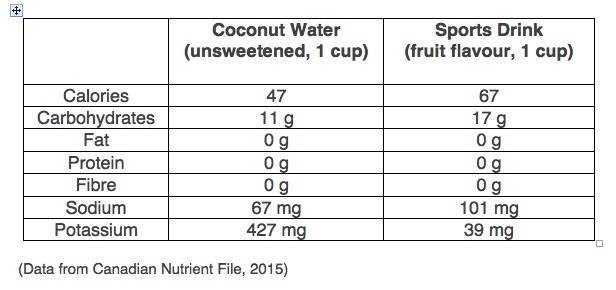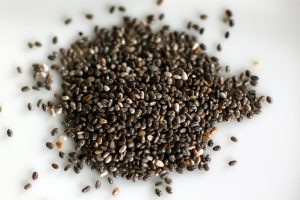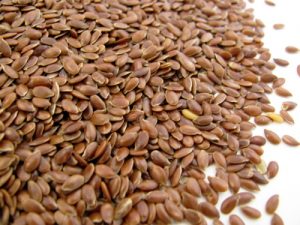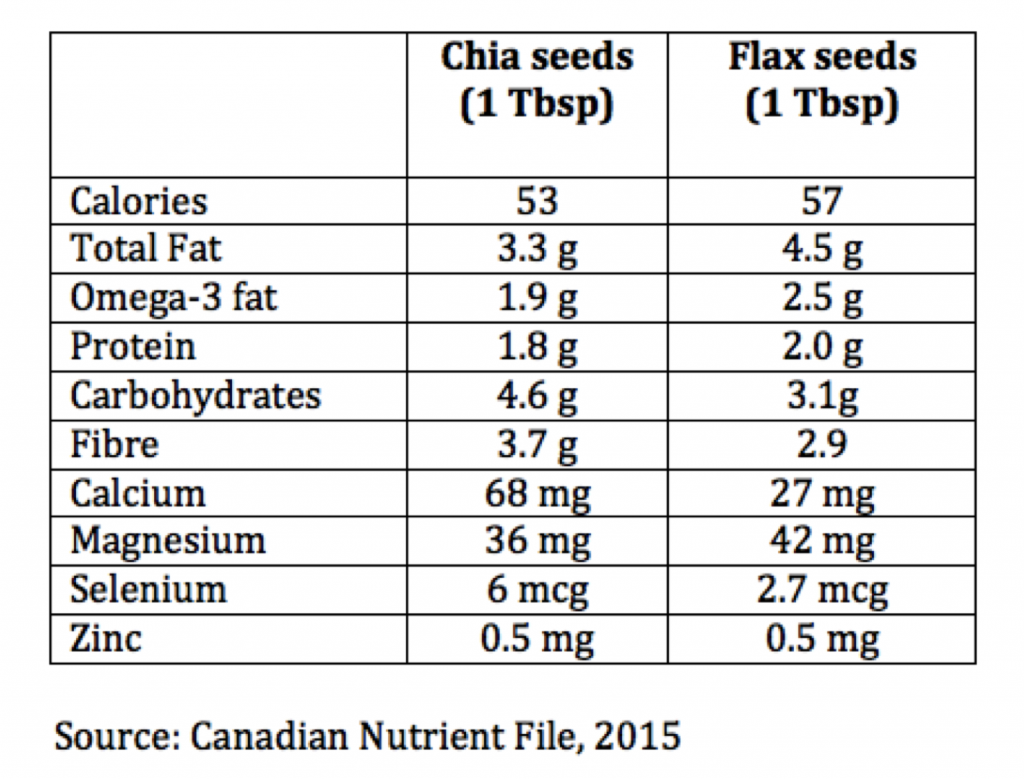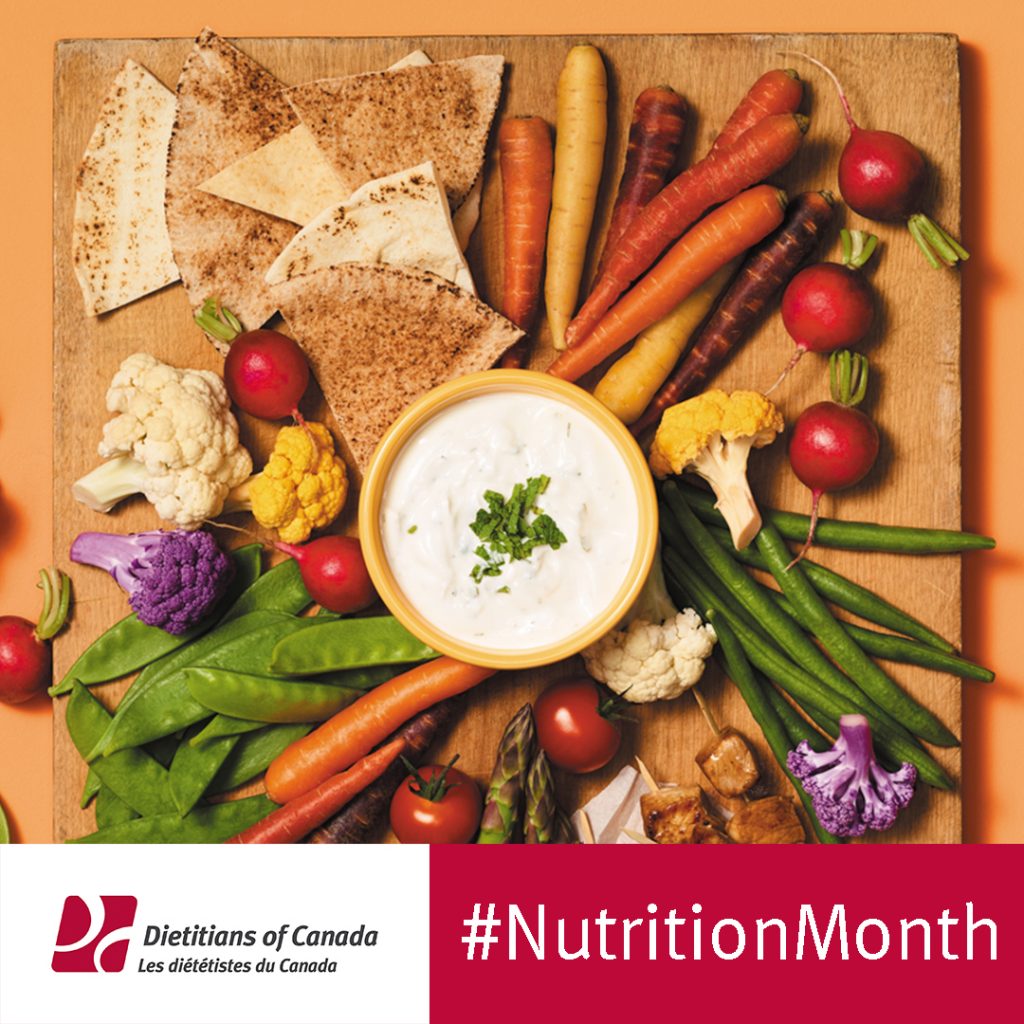
As dietitians, we are passionate about the potential of food and its connection to health! For March – Nutrition Month, and all year long, celebrate these benefits of delicious, wholesome, nourishing food.
Food can FUEL your body and mind. According to the Dietitians of Canada, almost half of Canadians say that eating a balanced diet is challenging for them because they are so busy, and nearly 30% turn to snacks to stay fuelled. The right food choices will not only energize you but also maximize your creativity and productivity! For a healthy snack, we love combining produce with protein – try egg and avocado toast, peanut butter on apple slices, or tuna with veggie sticks. Contact us at info@NutritionForNonNutritionists.com and we’ll work with you to create wellness foodservice menus or to build a positive nutrition workplace environment.
Food can help kids DISCOVER healthy eating. Did you know that 38% of parents rarely or never let their child prepare a meal or snack? Let’s get kids in the kitchen! Kids are more likely to eat what they’ve made, so take the opportunity to help kids discover and be adventurous with food. Find a recipe that you can make together. Try new foods and flavours. Shop for groceries together too.
Food can PREVENT health problems. Healthy eating, being active and living smoke-free together can prevent about 80% of premature stroke and heart disease. There are many different “diets” or “eating patterns” such as the Mediterranean Diet, the DASH diet and the MIND diet. Find out more about these diets at our 11th annual Nutrition for NON-Nutritionists course on April 18th. We look beyond the fad diets and gimmicks to deliver reliable, life-changing advice.
Food can HEAL. Dietitians believe in and understand the potential of food to help you heal and feel your best. Work with a dietitian to heal during illness and enhance your health. As the trusted food and nutrition experts, dietitians can help you: manage your blood sugar levels, lower your blood pressure, lower your blood cholesterol, manage the side effects of cancer care treatments, navigate a gluten-free diet, reach / maintain a healthy weight, and stay nourished when eating/swallowing is a challenge.
Food can BRING US TOGETHER. Eating together has benefits for everyone! Children who eat with their families tend to eat more veggies and fruit, consume fewer less sugar-sweetened drinks, have better academic performance, are at a lower risk for being overweight and have a lower chance of developing eating disorders. Teens who eat with their families get better grades and are less likely to smoke, use drugs or alcohol, or engage in serious fights. Adults who eat with friends and family eat more vegetables and fruit, drink less pop and have a healthier weight. Older adults who eat as part of a group setting have better overall nutrient intakes and lower rates of malnutrition. Whether it’s breakfast, brunch, lunch, dinner, snack or yes, even dessert – take time to sit down and enjoy food in the company of others!
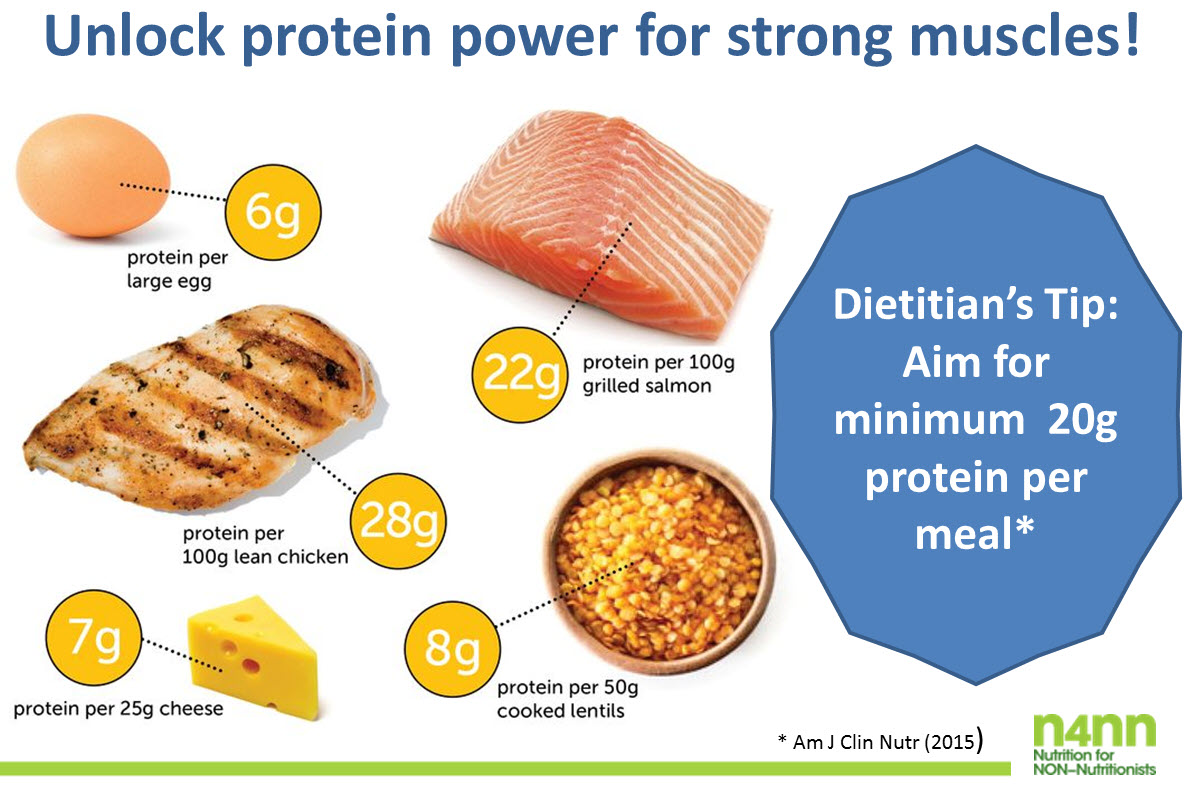
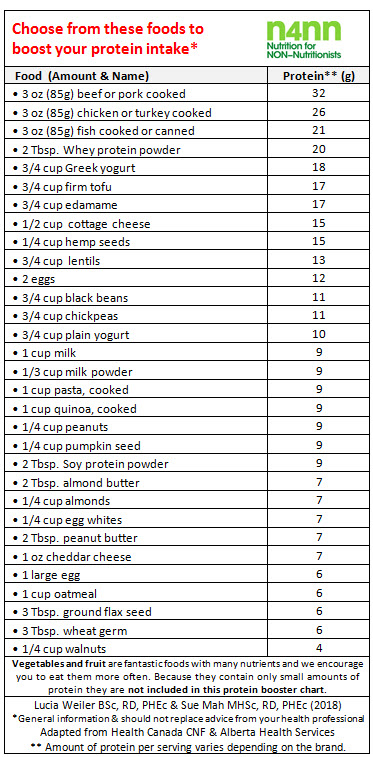


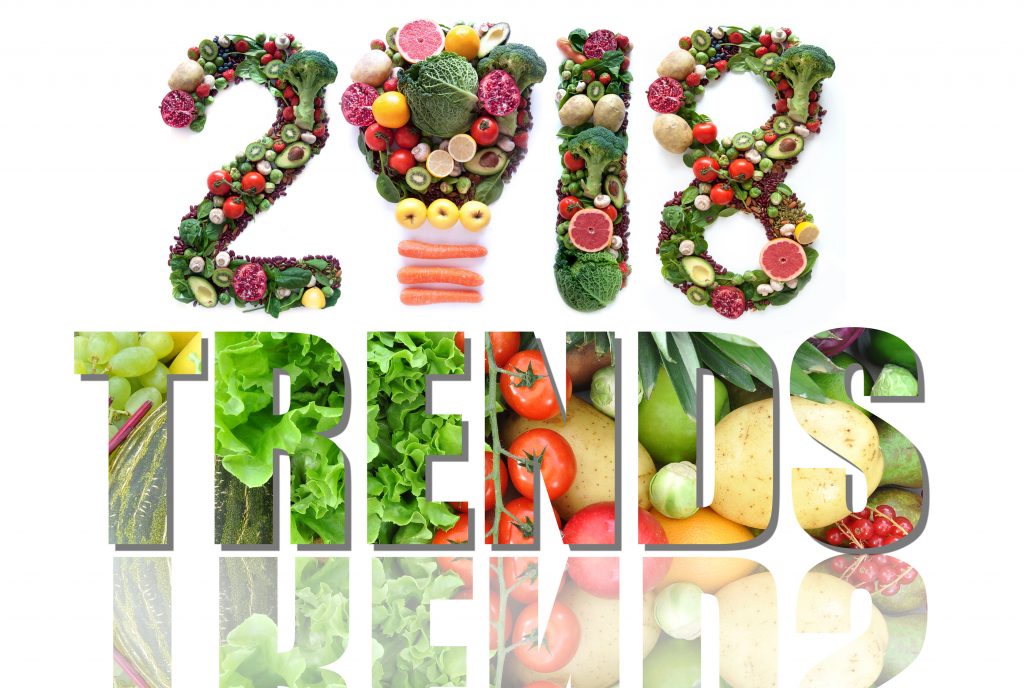

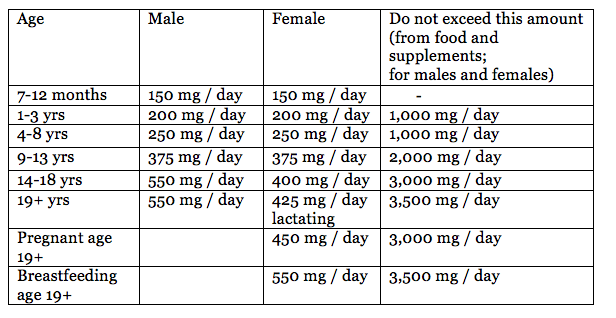
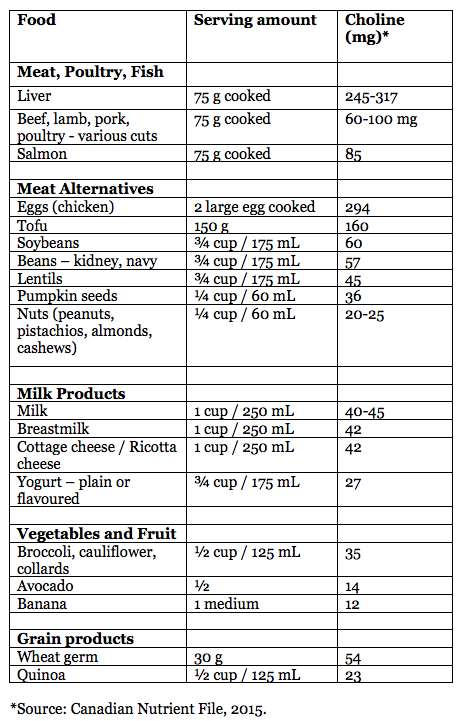
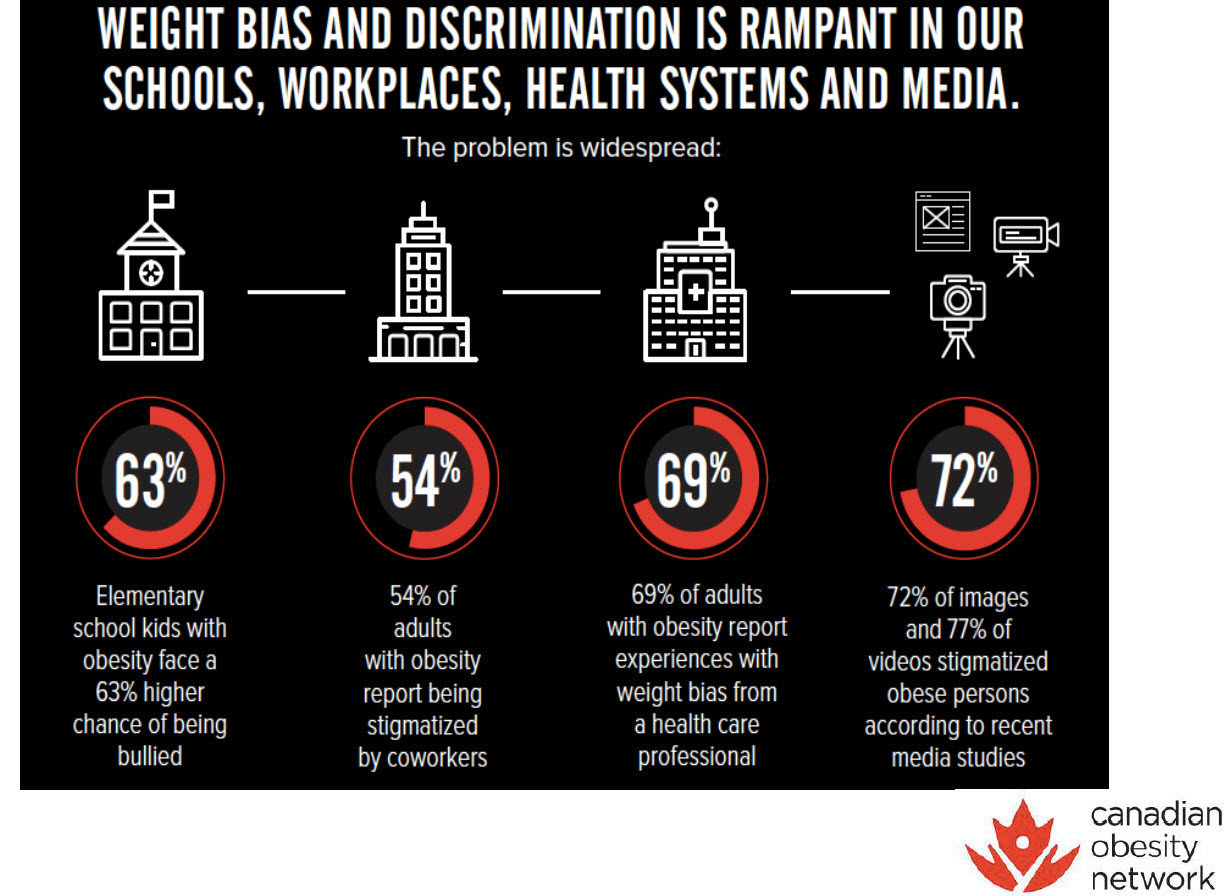
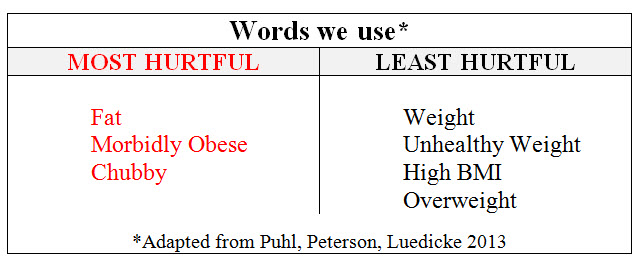


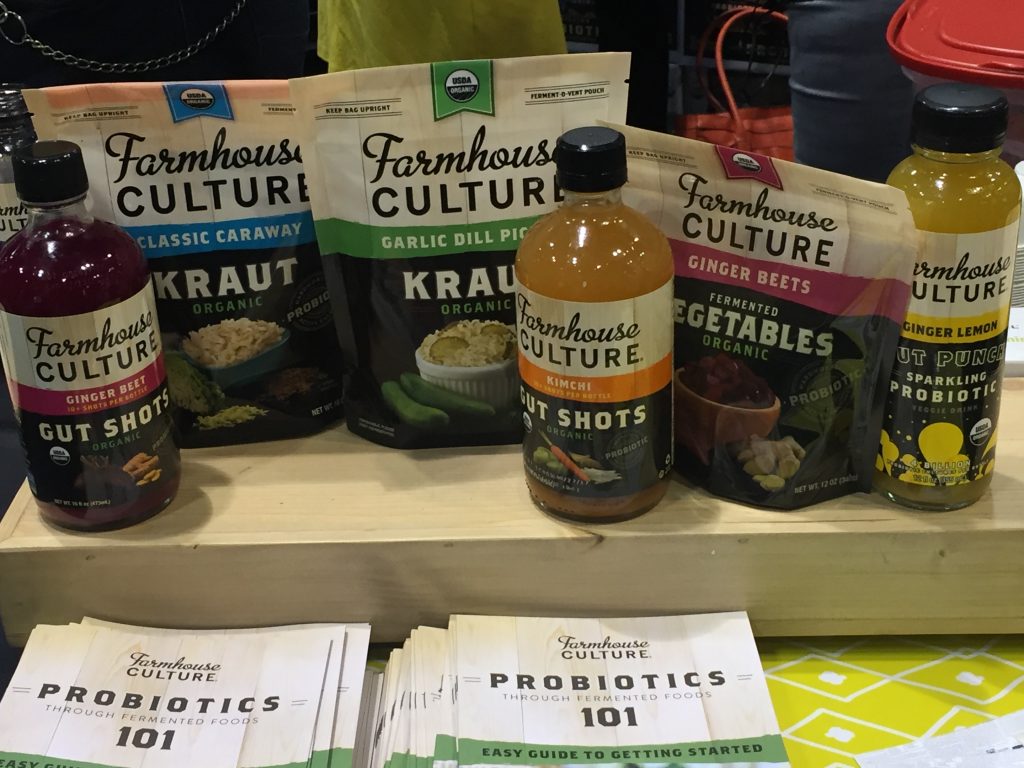
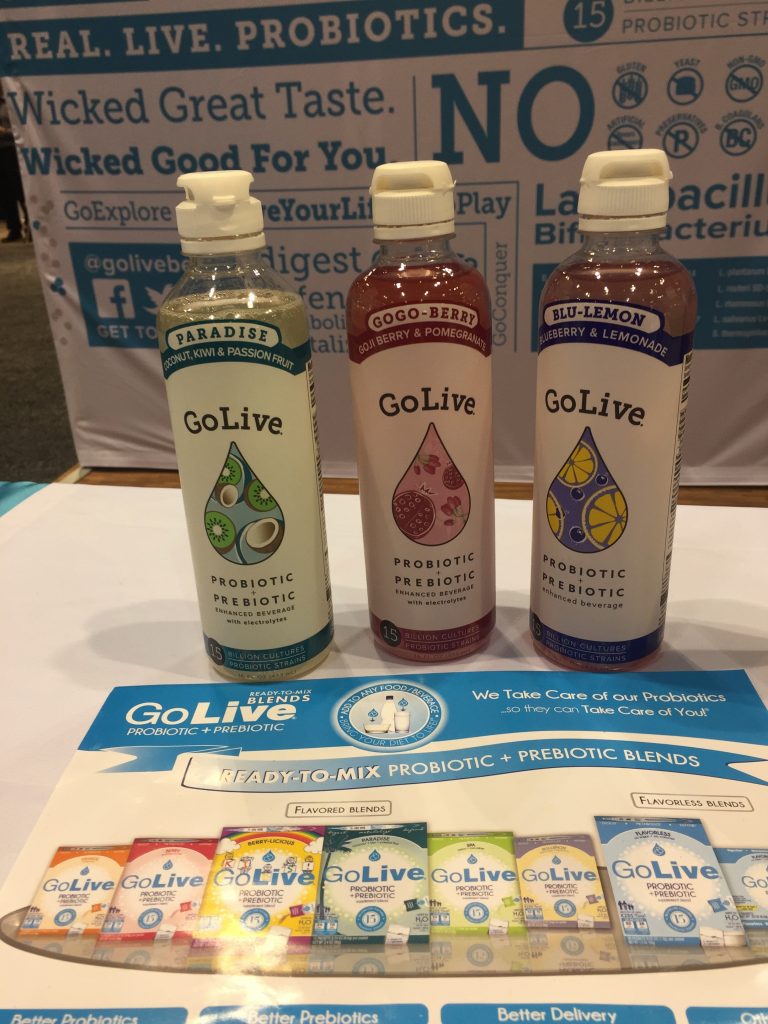
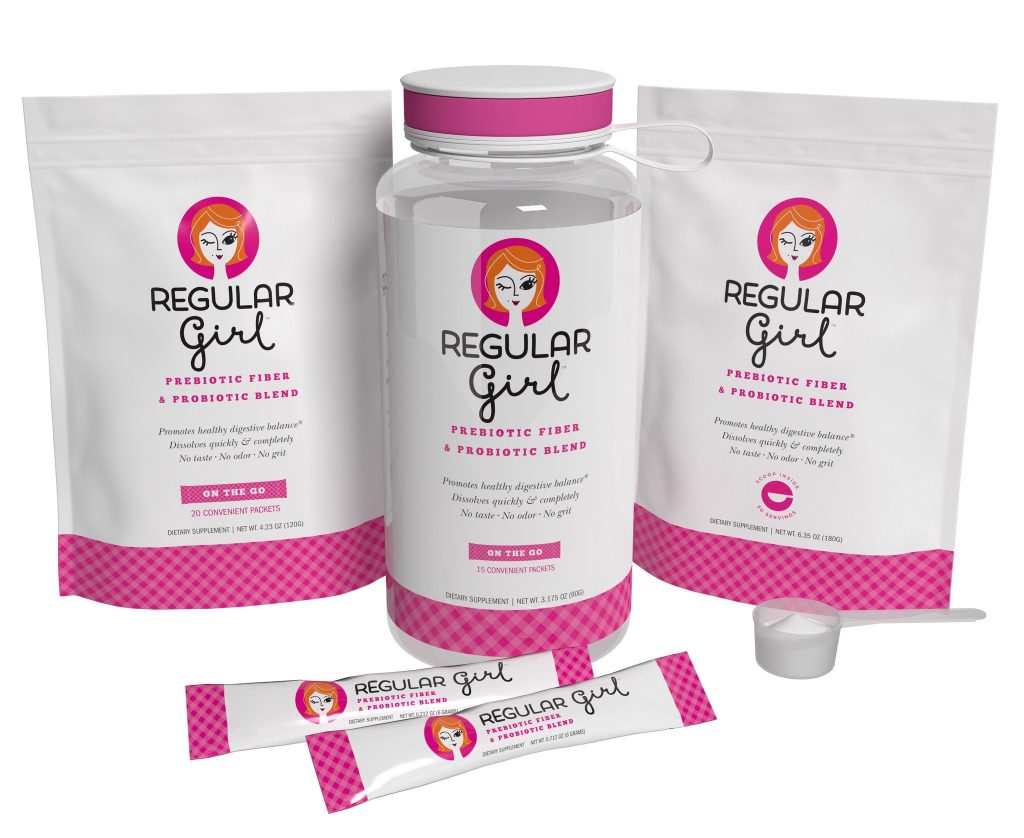
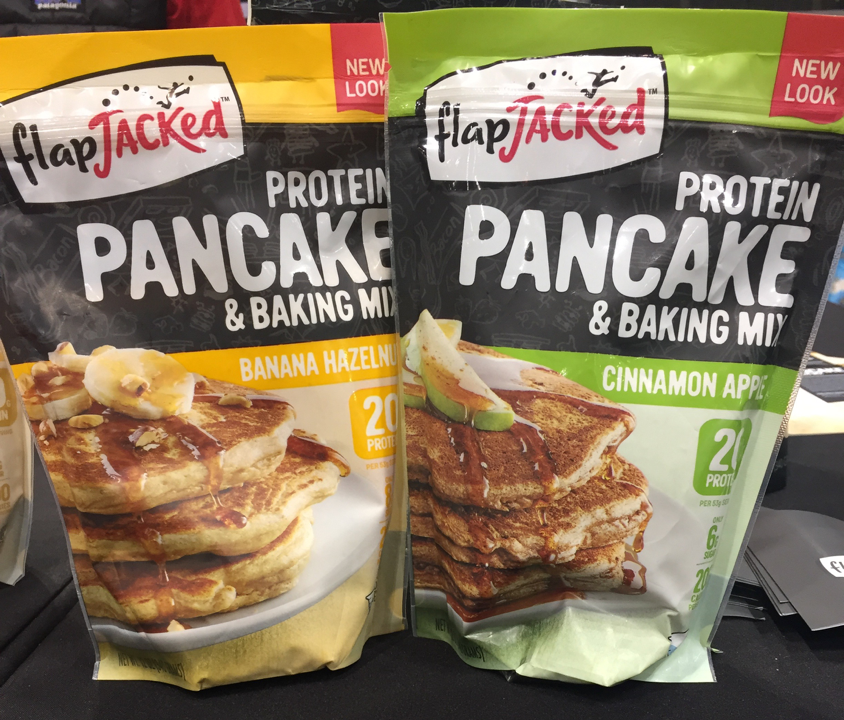
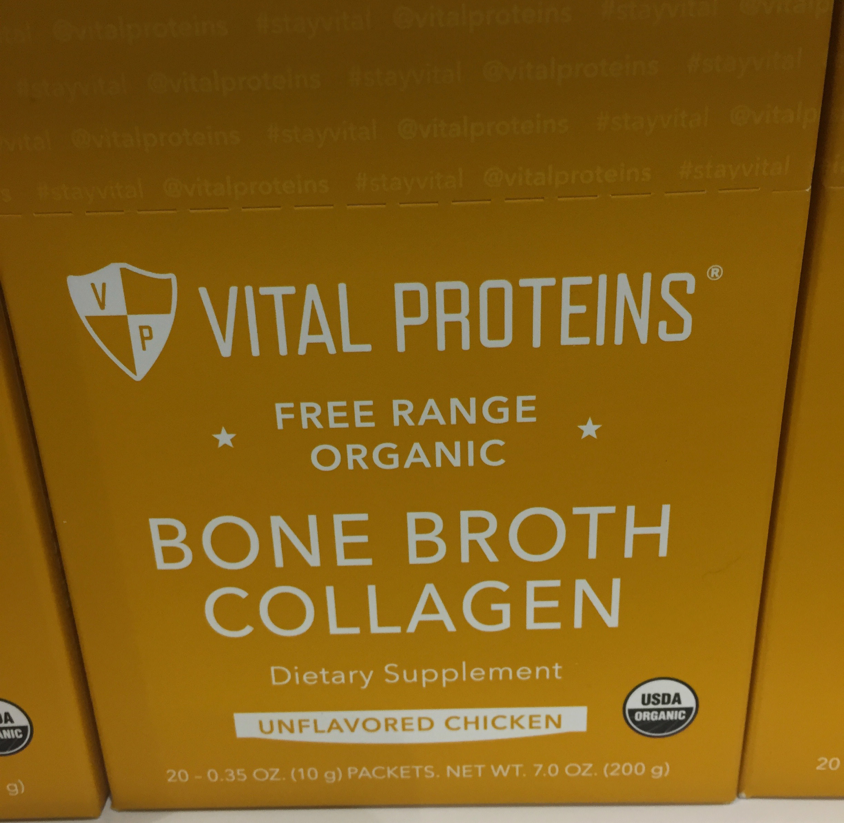
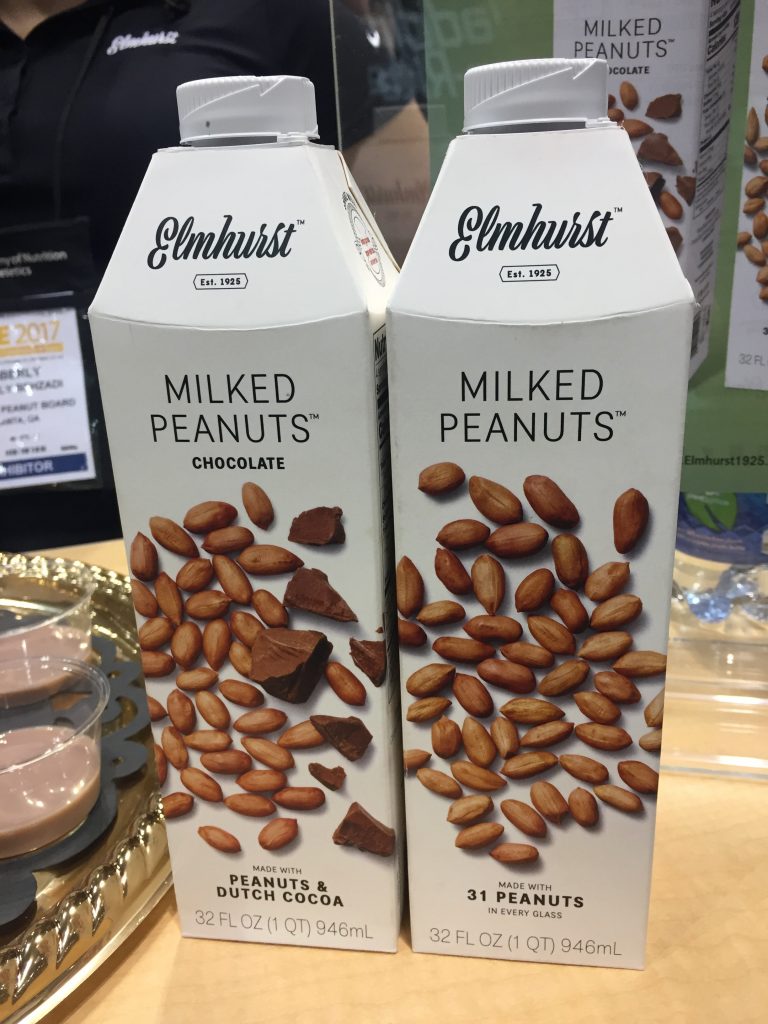
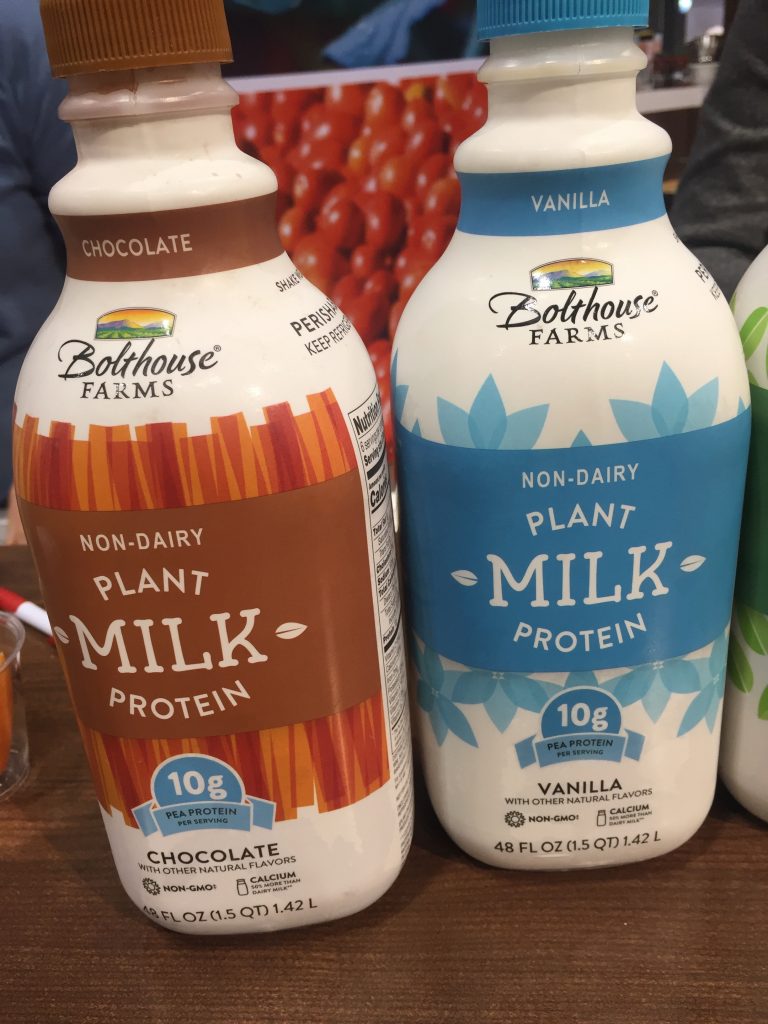
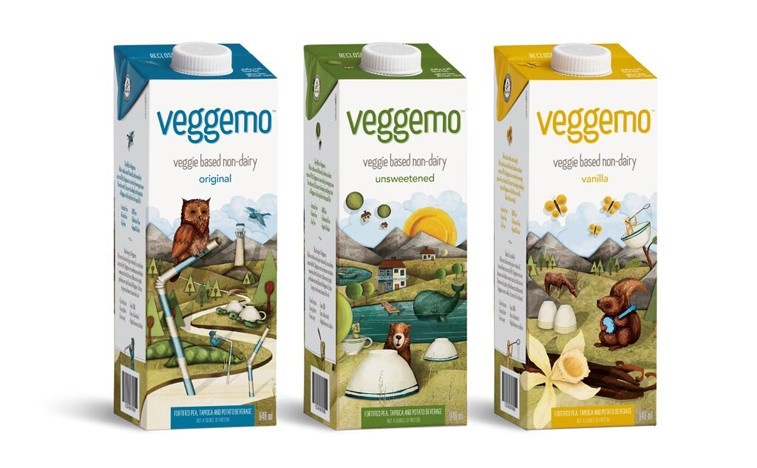


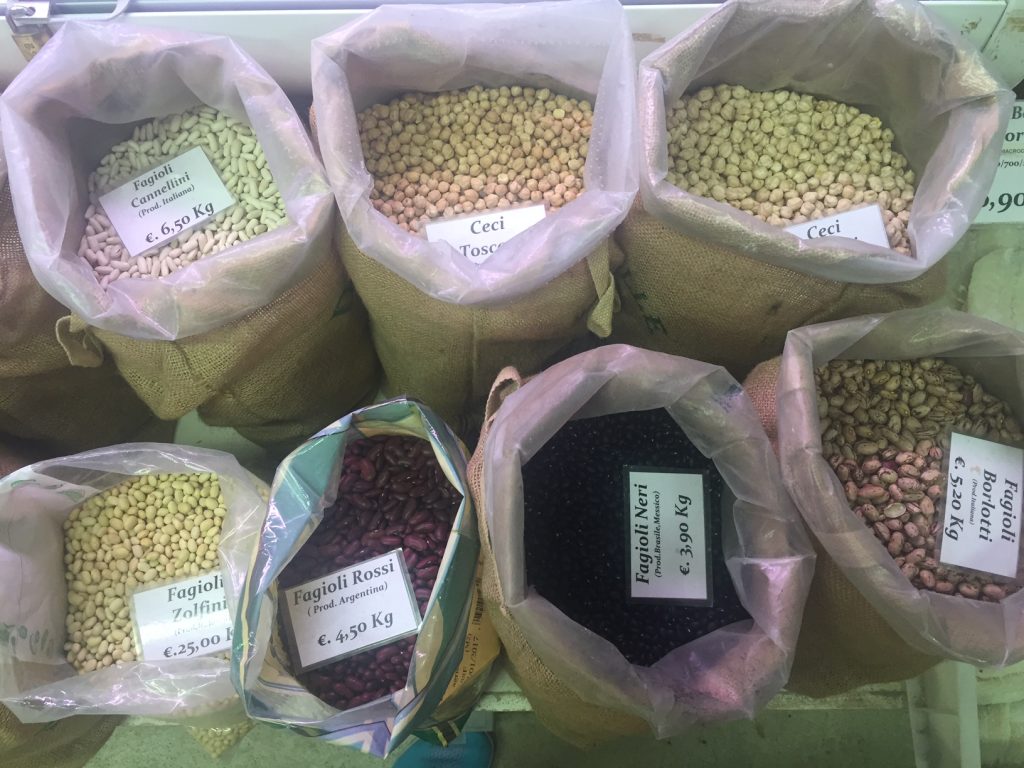


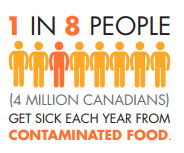




 .
. 







 Restaurants Canada’s 8th annual Canadian Chefs’ survey tells what’s trending now and what the up and comers are as well. Of the 20 chef trends mentioned in the research, here are our TOP 7 favourites with insights from our food forward health conscious perspective.
Restaurants Canada’s 8th annual Canadian Chefs’ survey tells what’s trending now and what the up and comers are as well. Of the 20 chef trends mentioned in the research, here are our TOP 7 favourites with insights from our food forward health conscious perspective.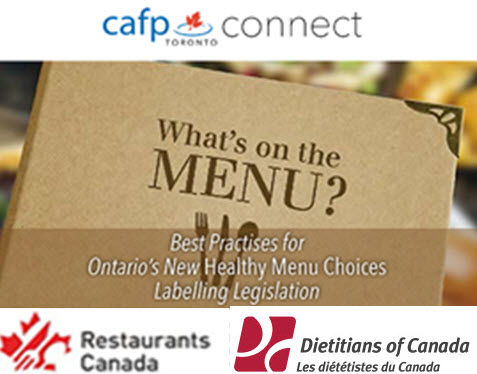


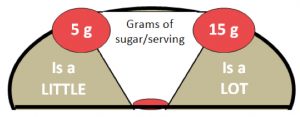
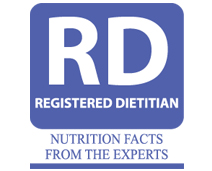
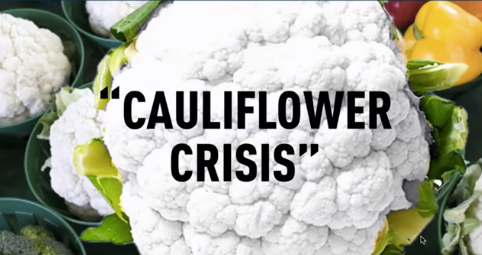
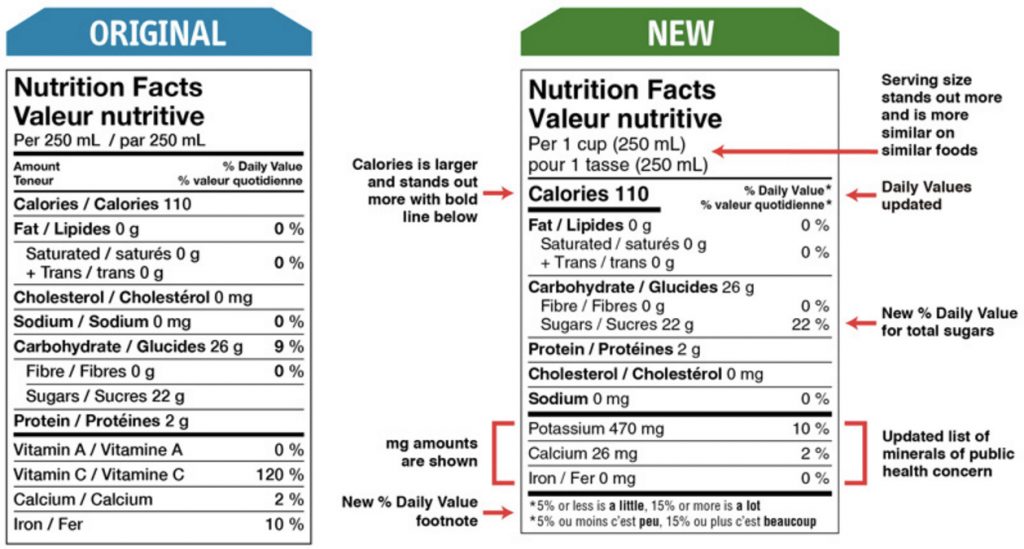
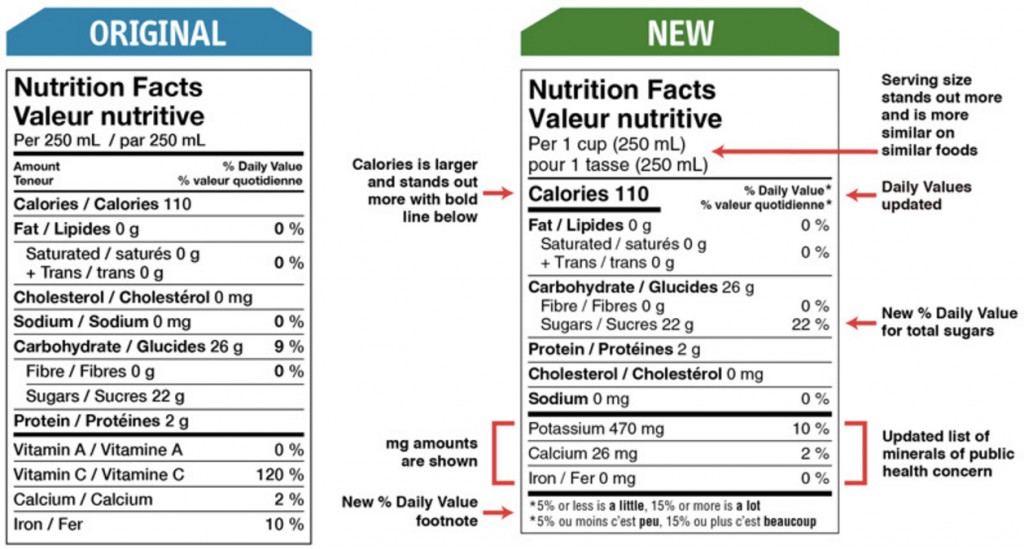
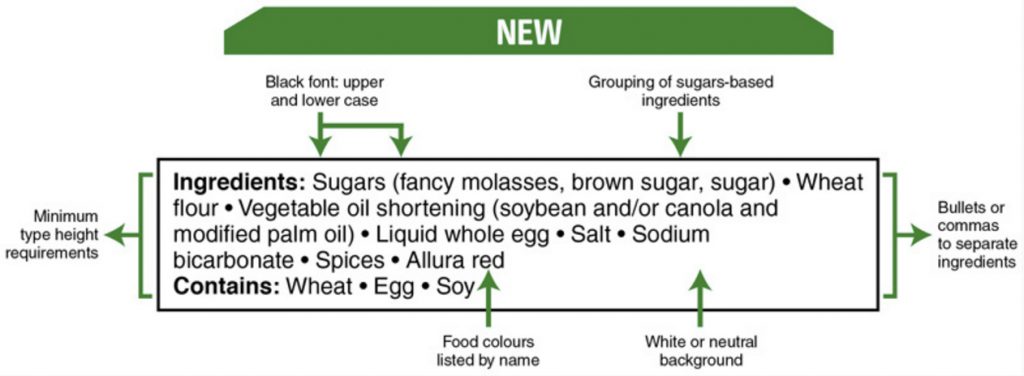





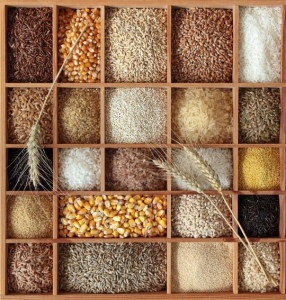 Carbs vs Whole Grains. What’s the difference? Carb confusion is ongoing and we’re often asked about what are the best carbs for health. Whole grains are healthy carbohydrates (carbs) and a terrific choice but many people struggle to find or cook with whole grain foods.
Carbs vs Whole Grains. What’s the difference? Carb confusion is ongoing and we’re often asked about what are the best carbs for health. Whole grains are healthy carbohydrates (carbs) and a terrific choice but many people struggle to find or cook with whole grain foods. Don’t miss the Microbiota Summit on Nov 7th! RD Lucia Weiler teams up with Chef Eric Deletroz to dish out healthy advice, one bite at a time!
Don’t miss the Microbiota Summit on Nov 7th! RD Lucia Weiler teams up with Chef Eric Deletroz to dish out healthy advice, one bite at a time!